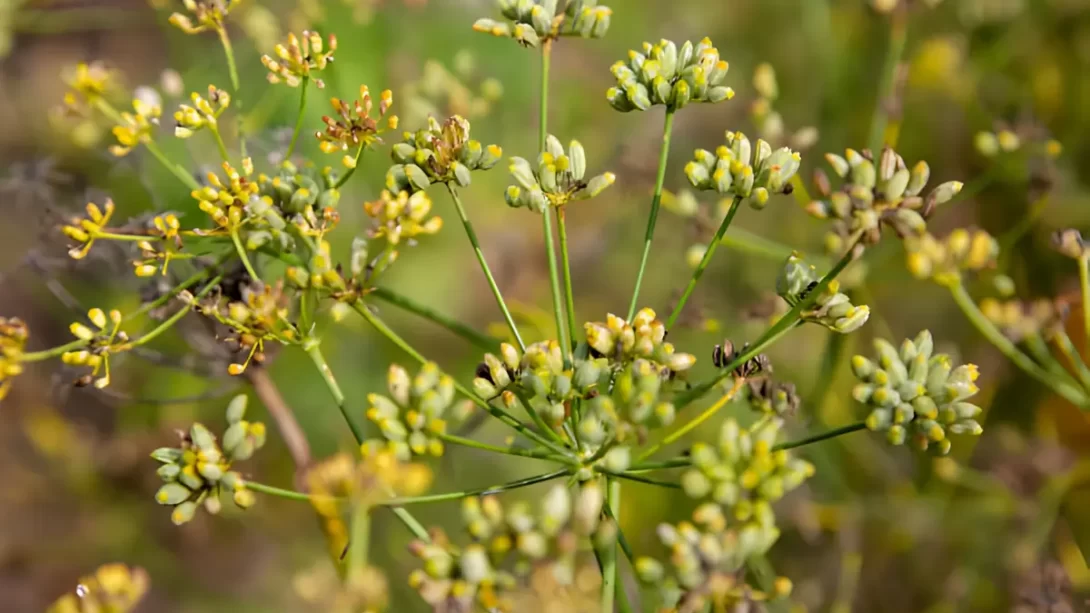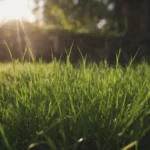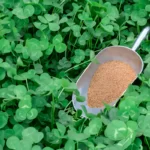Fennel, with its distinct anise-like flavor, is a versatile and aromatic herb widely used in culinary dishes and valued for its health benefits. Harvesting fennel at the right time and using the correct method is crucial to maximize its flavor and yield. Whether you’re harvesting the crunchy bulb, delicate leaves, or flavorful seeds, understanding the nuances of fennel harvest can greatly enhance your cooking and gardening experience.
Fennel Growth
Fennel progresses through several growth stages, from a tender seedling to a mature plant. Typically, fennel is ready for harvest when the bulbous base of the stem becomes plump and the leaves are lush and green. This usually occurs in late summer to early fall. For seed harvesting, wait until the flowers have bloomed and the seeds begin to turn brown. Being familiar with these stages is essential to determine the optimal harvest time for each part of the plant.
Tools and Preparation for Harvesting
Before you begin harvesting, gather the necessary tools. A pair of sharp scissors or a garden knife is essential for cutting the fennel without damaging the plant. If you’re harvesting seeds, you might also need a container to catch the seeds as they fall. Prepare the area around the fennel plant by clearing any debris or obstructions. This makes it easier to access the plant and ensures a clean harvest.
Harvesting Fennel Bulbs
Harvesting fennel bulbs involves several steps:
- Timing: The best time to harvest fennel bulbs is when they are about the size of a small tennis ball, typically 3-5 inches in diameter.
- Technique: Use your scissors or knife to cut the bulb at the soil line. Be careful not to damage the bulb as you cut.
- Inspection: Look for bulbs that are firm and white without any brown spots or blemishes.
It’s important not to harvest all the bulbs at once if you have multiple plants. Staggering the harvest can extend the availability of fresh fennel from your garden. After cutting, shake off any excess soil and gently brush the bulb to clean it.
Harvesting Fennel Leaves
Fennel leaves, also known as fronds, are delicate and feathery, offering a milder flavor compared to the bulb. They can be harvested throughout the growing season as soon as the plant is well established.
- When to Harvest: The best time to pick fennel leaves is in the morning when their essential oils are at their peak. Choose bright, green, and healthy-looking fronds.
- How to Harvest: Use scissors to snip the feathery leaves near the stem. Be careful not to overharvest from a single plant, as this can weaken it. Taking a few fronds from each plant is a sustainable approach.
- Continued Growth: Regular harvesting of the leaves can actually promote further growth, but always leave enough foliage for the plant to photosynthesize effectively.
Harvesting Fennel Seeds
Fennel seeds are popular for their intense and aromatic flavor, commonly used in cooking and herbal teas. Harvesting them requires patience and timing.
- Timing for Seed Harvest: Wait until the seeds have matured and turned a light brown color. This usually occurs in late summer or early fall, after the flowers have bloomed.
- Collecting the Seeds: Gently cut the seed heads from the plant, preferably on a dry day to avoid moisture. Place them upside down in a paper bag or over a cloth to catch seeds as they dry and fall off.
- Drying Process: Hang the seed heads in a warm, dry place with good air circulation. Once the seeds have dried and fallen off, store them in an airtight container away from direct sunlight.
Harvesting seeds will not harm your fennel plant, but it will prevent the plant from reseeding itself. If you want your fennel to grow back the following year, leave some seed heads on the plant.
Post-Harvest Handling and Storage
After harvesting, it’s important to handle fennel properly to maintain its freshness. Bulbs should be used as soon as possible for the best flavor but can be stored in the refrigerator for a few days. Wrap them in a damp paper towel and place them in a plastic bag for storage.
Fennel leaves are best used fresh but can also be stored in the refrigerator, wrapped in a damp paper towel, and placed in a plastic bag. They should be used within a few days.
For seeds, once they are dry, store them in an airtight container in a cool, dark place. They can last for up to a year if stored properly.
Handling fennel carefully and storing it in the right conditions helps preserve its flavor and extends its shelf life, allowing you to enjoy the fruits of your harvest for longer.
Common Mistakes to Avoid
While harvesting fennel is relatively straightforward, there are a few common pitfalls to be aware of. Avoid these mistakes to ensure a successful harvest:
- Harvesting Too Early or Late: Harvesting the bulbs too early can lead to underdeveloped flavors, while waiting too long may result in tough, woody bulbs. Similarly, fennel leaves are most flavorful when young and tender, and seeds should be harvested when they’ve turned brown but before they fall off the plant.
- Overharvesting Leaves: Removing too many leaves at once can weaken the plant. Always leave enough foliage to enable the plant to continue growing healthily.
- Rough Handling: Fennel bulbs and leaves are delicate. Rough handling during harvesting can damage them, reducing their shelf life and aesthetic appeal.
Using Harvested Fennel
Fennel is a versatile ingredient in the kitchen. The bulbs can be sliced and added to salads for a crunchy texture or roasted to bring out their sweetness. The leaves are excellent for garnishing dishes, infusing oils, or adding to salads for a subtle anise flavor. Fennel seeds are commonly used in spice blends, sausages, and baking. They can also be brewed into a soothing tea.
For longer storage, fennel bulbs can be blanched and frozen, while the leaves can be dried or frozen in ice cubes. Fennel seeds, once dried, have a long shelf life when stored properly.
Conclusion
Harvesting fennel is a rewarding process that can enhance your culinary experiences. Whether using the crisp bulbs, aromatic leaves, or flavorful seeds, understanding the right techniques for harvesting and storage is key to enjoying the best of what this plant has to offer. With careful timing and handling, fennel can provide a delightful addition to a wide range of dishes, making it a worthy addition to any kitchen garden. Remember, patience and attention to detail are the gardeners’ best tools for a successful and bountiful fennel harvest.



